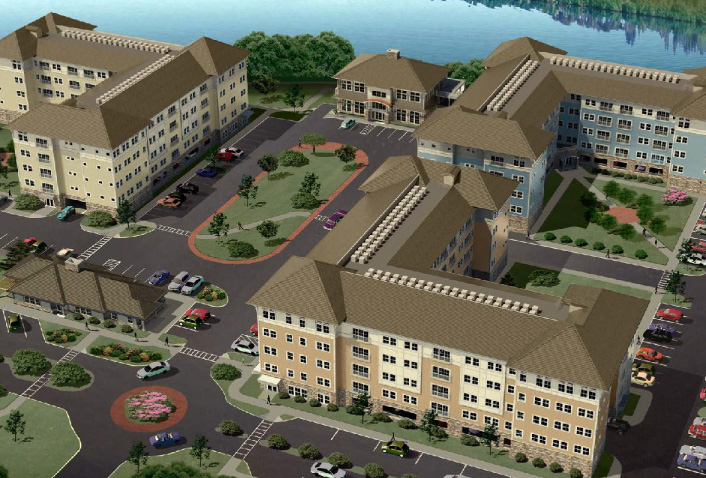As the saying goes, “nothing worth having comes easy.” While this is true in many ways — especially in the real estate business — the multifamily market is putting this saying to the test. Design and technology trends represent innovative ways to make life easier for new residents. Four trends in particular are driving this revolution in multifamily design:
Maximum Flexibility
The line between traditional commercial and residential spaces is blurry, with an ever-increasing focus on creating flexible work and gathering areas. The result is a blending of residential and commercial experiences, with office décor that feels like home and homes designed to act as secondary offices. Flexibility also spills over to simple concepts such as package deliveries and pets. Apartment projects are now featuring lockers to secure Amazon, FedEx and UPS packages. Dead spaces are transitioning into pet parks and wash areas. These and many other flexible amenities are the norm, and residents are clamoring for more.
Top-Notch Smarts
Technology in multifamily development has come a long way, but it has much further to go. Now, residents want to grab their phone, open an app and control the temperature with a swipe of the thumb. In fact, since the proliferation of Home AI systems like Google Home or Amazon’s Alexa, residents can simply “tell” the thermostat to turn up a notch or two.
Newest of the New
High-efficiency appliances, smart bathrooms with bathtubs that can be instructed—yes, instructed—to fill automatically to a certain temperature and at a specific water level are in high demand. Refrigerators that know when the milk is just about gone or allow you to create a shareable shopping list in real-time may sound like science fiction, but they are a reality for a rapidly growing segment of the market.
VISIT OUR MULTIFAMILY HOMEPAGE TO SEE HOUSING DESIGNS
Full Connectivity
Uber and Lyft have made cars optional instead of mandatory. Electronic scooters and autonomous vehicles are on the cusp of solving the "last mile" problem in other context of multifamily living. These changes are creating new opportunities in design. For example, in some cases, portions of a first-floor covered parking garage could be designed with the flexibility to become commercial space when parking is not in such demand.
What's Next?
The beauty about these trends in multifamily design and development is that we’re still discovering new potential uses for spaces and technology. As these trends continue to morph, life’s little quirks will become easier to manage.

